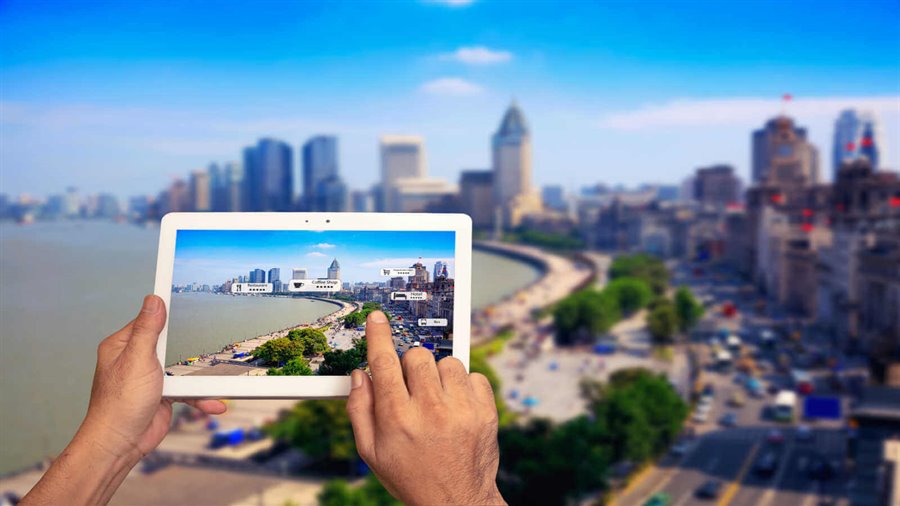History of Augmented Reality (AR)
 You're thinking, I suppose I've practiced AR, but can we do a deeper dive? As we said above, augmented reality (AR) is an improved or modified form of truth where superimposed content gets attached to users' real-world scenes.
You're thinking, I suppose I've practiced AR, but can we do a deeper dive? As we said above, augmented reality (AR) is an improved or modified form of truth where superimposed content gets attached to users' real-world scenes.
Pokemon Go? Yeah, that's augmented reality. Snapchat filters? Augmented reality. Oculus Rift? Well, not. That's virtual reality, and we'll get to that next. Augmented reality (AR) supports fighter pilots flying at approximately twice the velocity of sound and helps surgeons to conduct complicated procedures, but it wasn't always this accessible or advanced.
AR technology was created at Harvard University in 1968. Ivan Sutherland, an electrical engineering professor, built a head-mounted display system, named "The Sword of Damocles." It seems intimidating, right? It was. The great headset weighed so much that it was attached to the roof to work. Users also had to be strapped inside the system for it to operate, giving the experience tolerably difficult.
Over the next numerous decades, improvements in AR led to significant military, aviation, and industrial simulation tools, but the technology didn't get a national public till the late 1990s. One of the earliest publicly obvious uses of augmented reality appeared from an astonishing source: the NFL. The yellow line implying a first-down, the thing we have all got to depend on over the past 20 years, is one of the most noticeable and essential uses of AR.
Since then, AR has developed at a rapid speed and is staying used for both individual and commercial purposes. Among 2011 and 2013, AR was adopted by organizations like Coca-Cola, Disney, and National Geographic to perform operations at prestigious events and in public places like Times Square and shopping malls. In 2014, Google announced Google Glass — the earliest mass-produced, wearable AR design — making it simple to get digital data only by bending your head. Snapchat added the geofilter feature a few periods later, enabling users to add graphics showcasing geographic areas to their photos. They then began Lenses, a role that maps users' faces to combine motion graphics to videos and pictures. As of the finish of 2017, 187 million people practiced Snapchat every day. And that's now Snapchat. AR is now so standard that many businesses, social networks, and retailers use the technology.
Cameras and Sensors
To build augmented reality, you initial need to take some actual reality with sensors and cameras that gather information on the users' real surroundings. This real-time data is a backdrop for the encounter. Smartphone applications use your phone's built-in camera, while further complicated devices like Microsoft's HoloLens use a kind of specific built-in camera. In general, AR occurrences work great with cameras that can scan pictures in 3D, like the iPhone X's TrueDepth camera, as the depth data provides for more practical experiences.
Processing
Realistic augmented reality also needs sufficient processing power to examine inputs like position, tilt, acceleration, and depth in real-time to produce immersive interactions. Luckily for us, this is something our devices are now proficient in doing without extra hardware. For this purpose, we no continued need to attach our AR devices to the roof like the Sword of Damocles. But it wasn't comfortable going to this point. It took Google ages to shrink the three cameras and spatial information sensors to size little enough to adjust to a phone. As AR becomes more excellent, more devices will proceed to join the exciting technology.
Projection
After taking real-world data, the augmented reality device then uses foresight to layer digital renderings on the view. Currently, the projections display onto multiple screens or smartphone screens within a wearable device. It's also conceivable to protrude directly onto surfaces, eliminating the requirement for any monitor or headset at all.









Add comment